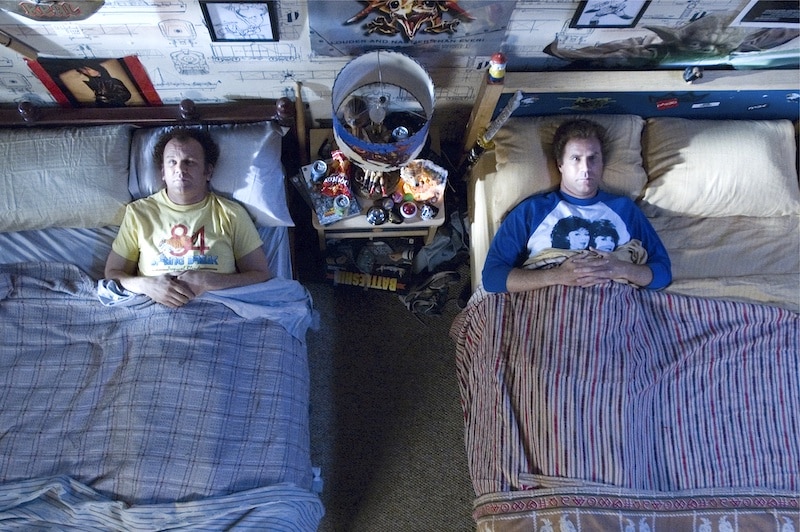Don't believe your eyes!
This morning if you were to take Surfline, the preeminent surf forecaster and official partner of the WSL, at their word you would’ve predicted the door on the Outerknown Tahiti Pro, which has been on standby for the last four days, would’ve have been flung open.
According to the official Surfline forecast, and as published by the WSL, today’s surf is “five-to-seven feet, offshore.”
The #OuterknownTahitiPro is OFF for the day but there’s swell coming this week!
Next Call: 8:15 am TAHT@outerknown_live pic.twitter.com/zZriIqBAeX— World Surf League (@wsl) August 14, 2022
If you’ve ever been to Teahupoo, you’l know that anything over four foot and the joint starts to light up, at least if the swell has a little west in it to kick the bowl into life.
Five foot-plus polished by a light trade wind is the stuff of dreams, perfect, perhaps, to give the gals a taste of non-lethal Teahupoo
Yeah, wave size is a subjective thing, one man’s four foot is another man’s six, etc, but over the course of things we’re all roughly equal or within a twenty percent margin.
Turn on Surfline’s cam at Teahupoo this morn and it’s two-foot, max.
Enough, barely, to propel an SUP or one of those fantastic pedalo devices that so thrilled spectators at Burleigh Heads last week.
On Wednesday, Surfline promises “ten-to-fifteen feet, offshore” which is, according to my accounting, one of those Code Reddish sorta swells, barely rideable monsters, wrangled by only a very few surfers such as Matahi Drollet and co.
Which raises the question, I think, what’s it gonna be when it hits?
Four foot? Six-foot?
Or something historic?
And, maybe most importantly, when are the gals gonna get a chance to shine?








